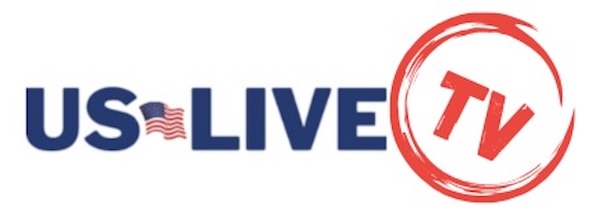A federal judge has recently halted the Trump administration’s plan that aimed to significantly slash funding for medical research, a move that has raised concerns among scientists who believe it could jeopardize patients’ welfare and lead to job losses.
The proposed policy by the National Institutes of Health (NIH) threatened to reduce financial support for research groups by hundreds of millions of dollars. This funding is crucial for covering indirect expenses related to research on diseases such as Alzheimer’s, cancer, and heart disease. These expenses can include diverse needs, from clinical trials of new therapies to foundational laboratory research that contributes to scientific breakthroughs.
A coalition of 22 states, alongside organizations advocating for universities, hospitals, and research institutions across the nation, filed lawsuits to prevent these cuts. They argued that the proposed reductions would cause substantial and potentially irreversible damage.
Judge Angel Kelley from the U.S. District Court in Boston had initially issued a temporary block on these cuts last month. On Wednesday, she extended this block by issuing a preliminary injunction, allowing more time as the lawsuits unfold.
During the previous year, the NIH, recognized as a primary supporter of biomedical research, distributed approximately $35 billion in grants to various research groups. These grants are divided into “direct” costs, which include salaries for researchers and laboratory supplies, and “indirect” costs, which cover the administrative and facility requirements that support this work.
While the Trump administration categorized these indirect costs as mere “overhead,” institutions such as universities and hospitals argued for their critical importance. Indirect costs encompass vital components like electricity for complex equipment, disposal of hazardous waste, personnel ensuring safety protocols comply with regulations, and janitorial services.
Under the existing policy, the government engaged in negotiations with institutions to determine these rates. Typically, an institution with an indirect cost rate of 50% would receive an additional $50,000 for a $100,000 research project. The new NIH policy proposed capping these indirect costs at a flat rate of 15%, with the intention of reducing agency expenses by $4 billion annually.




